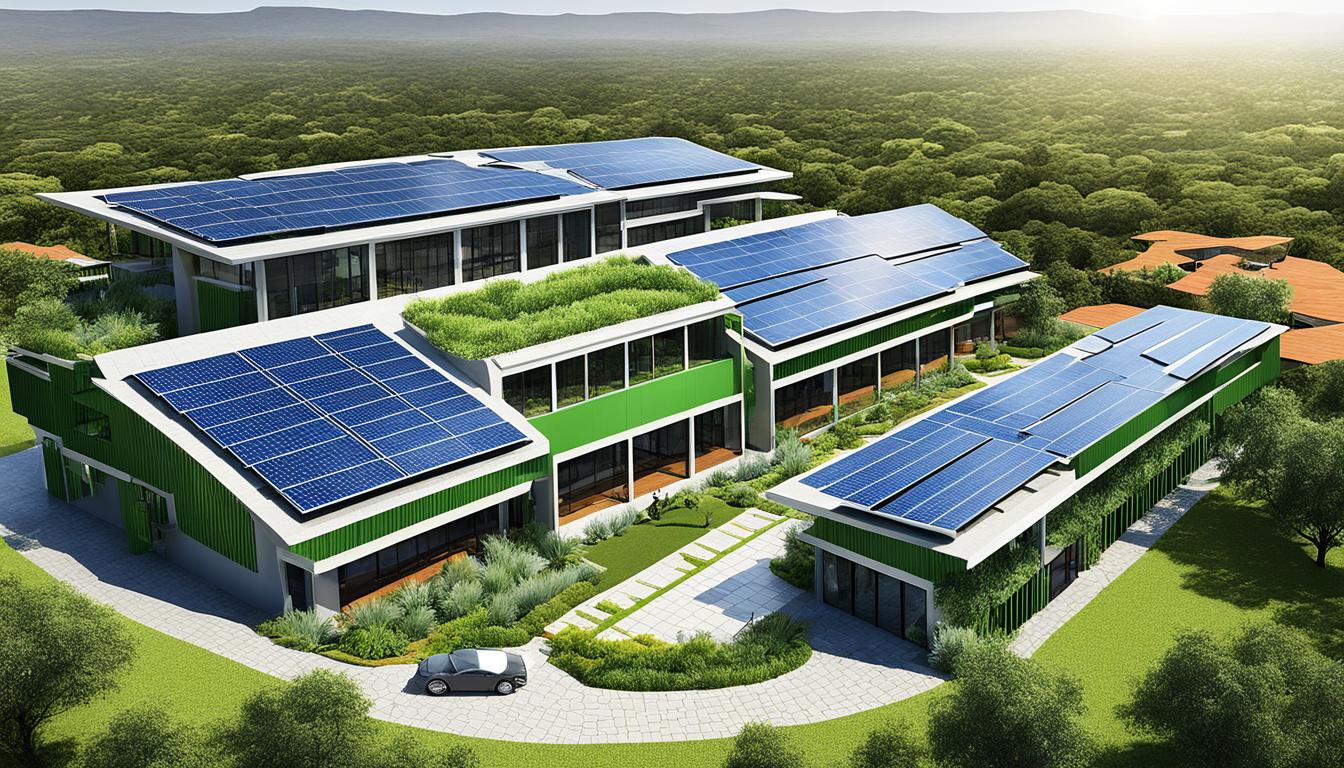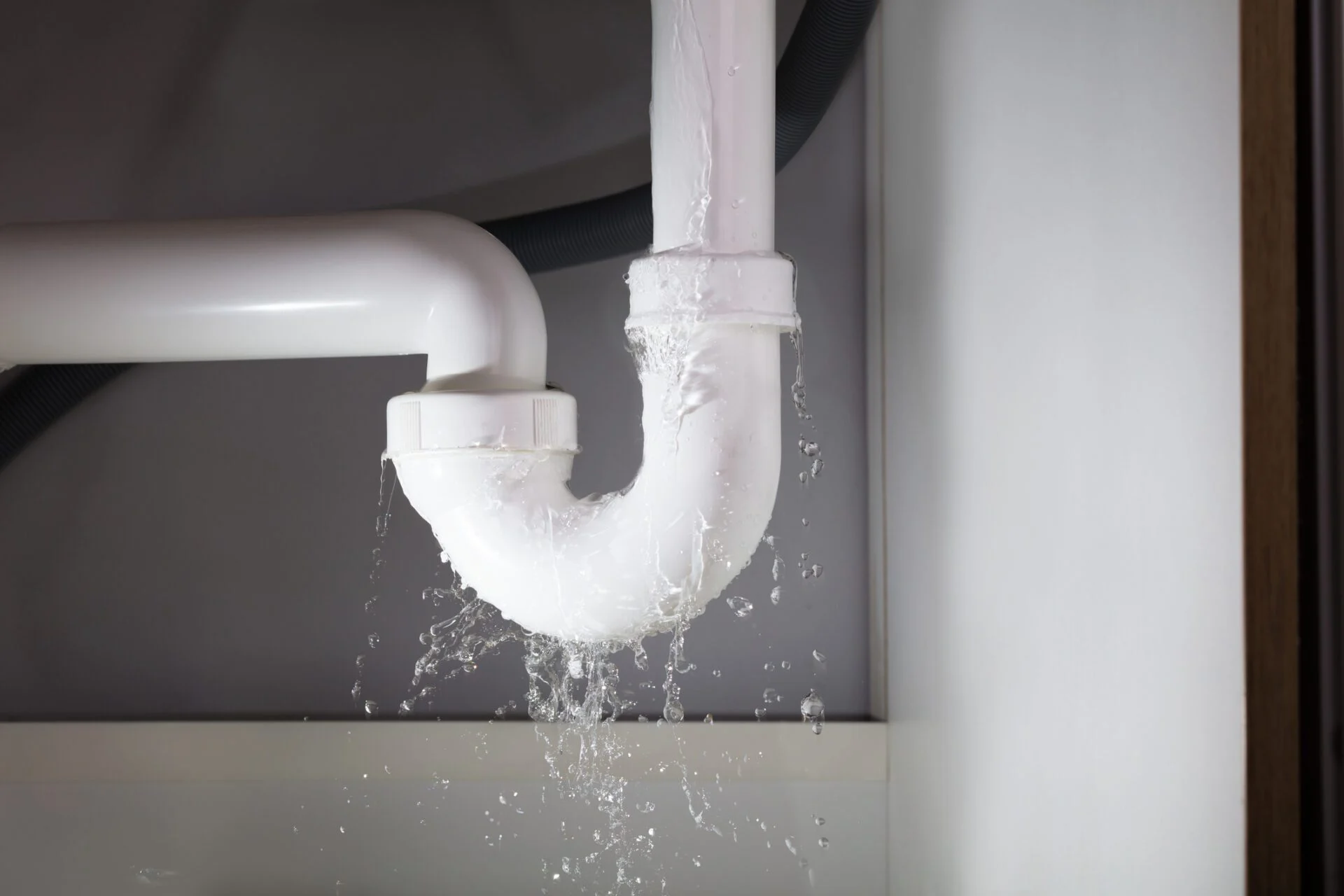When it comes to constructing eco-friendly structures, many enthusiasts are eager to adopt sustainable building practices. However, there are several sustainable building common mistakes that developers and homeowners often overlook due to the complexities and nuances involved in this field. Understanding these errors is vital to maximize the benefits of green construction.

Introduction to Sustainable Building
The concept of sustainable building focuses on reducing the environmental impact of construction practices. It involves using design and materials that are eco-friendly and resource-efficient throughout a building’s life cycle. This holistic approach aims to conserve natural resources, minimize waste, and create healthier environments for inhabitants.
Overlooking Local Climate Considerations
One of the major mistakes is not considering the local climate. Sustainable designs must be tailored to the specific environment where the building is located. Failure to do so can lead to inefficiencies such as poor energy management.
Ignoring Site Selection
Another error made is disregarding the importance of site selection. The location of a building can greatly affect its sustainability. Proximity to public transportation, sunlight access, and natural landscapes should always be taken into account.
Underestimating Energy Efficiency
Neglecting energy efficiency is often a common mistake. Installing energy-efficient appliances and utilizing natural lighting and ventilation can significantly reduce energy consumption and operating costs.
Misunderstanding Material Selection
Using inappropriate materials is another frequent error. Opting for durable and locally sourced materials is critical. Poor choices can lead to increased carbon footprints and maintenance costs over time.
Green Certifications Missteps
Aiming for the wrong type of green certifications or ignoring them altogether can hinder a project’s sustainability goals. Compliance with standards like LEED or BREEAM often guides construction towards better practices.
Failing to Consider Water Management
Water management is often overlooked. Implementing systems such as rainwater harvesting and using low-flow fixtures can optimize water use and promote sustainability.
Not Planning for Waste Management
A sustainable building plan must include strategies for minimizing waste. Recycling during construction and using materials with recycled content play vital roles in waste reduction.
Poor Planning of Indoor Air Quality
Neglecting indoor air quality can affect the health and comfort of occupants. Utilizing materials that emit fewer pollutants and incorporating plants can enhance air quality inside the building.
Lack of Integration of Renewable Energy Sources
Ignoring renewable energy sources like solar or wind can be a wasted opportunity for sustainability. Implementing these technologies can drastically cut down a building’s carbon footprint.
Inadequate Insulation
Inadequate insulation is a common efficiency mistake. Proper insulation helps in maintaining a consistent indoor temperature, reducing energy costs associated with heating and cooling.
Forgetting Lifecycle Assessments
Another error is neglecting lifecycle assessments when selecting materials and designs. Considering the entire lifecycle can prevent unsustainable decisions that might seem eco-friendly but aren’t beneficial long-term.
Inefficient Lighting Design
Effective lighting design is crucial. Standard practice should include maximizing natural daylight and using LED technologies to minimize energy consumption.
Overlooking Maintenance and Durability
Failing to plan for ongoing maintenance can offset the benefits of sustainable efforts. Using low-maintenance, durable materials ensures a longer lifespan and fewer resources over time.
Conclusion
Avoiding these common mistakes can lead to more effective and truly sustainable construction practices. For further guidance, explore resources like the US Green Building Materials Market insights or comprehensive green construction guides available online.

FAQs
What are sustainable building practices?
Sustainable building practices involve eco-friendly materials, energy efficiency, water conservation, and waste reduction methods aimed at reducing the environmental impact of buildings.
Why is site selection crucial for sustainable building?
Site selection is crucial as it influences energy efficiency, access to natural resources, and the overall environmental footprint of a building.
How can I ensure indoor air quality in a sustainable building?
Ensure good air quality by using low-emission materials, integrating plants, and maintaining proper ventilation systems.
This article contains affiliate links. We may earn a commission at no extra cost to you.




